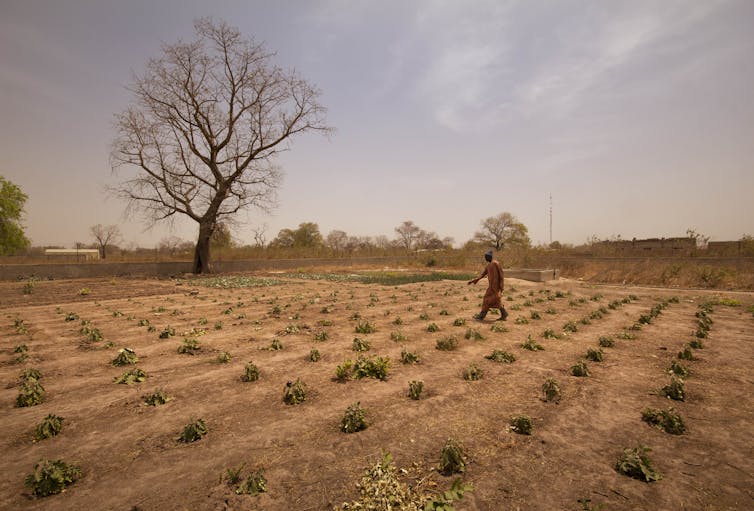
Raphaël Belmin, Cirad; Hamado Sawadogo, Institut de l’environnement et des recherches agricoles (INERA), and Moussa N’Dienor, Institut sénégalais de recherches agricoles (ISRA)
Hubert Reeves once wrote, “on the cosmic scale, liquid water is rarer than gold.” And what is true for the universe is even truer in the Sahel, the name given to the vast, arid belt that skirts the Sahara and stretches across Africa from east to west. Since 3,000 BCE, the peoples of this region have invested tremendous effort into coming up with myriad ways to capture and control this remarkably scarce resource. Faced with the poor water distribution across space and time, they have had to resort to intelligent, thrifty methods to make the most of even the tiniest drop.
Overlooked for many years, the secrets of the Sahelian landscape are starting to interest researchers and decision-makers.
The art of catching rain
Each year in Yatenga, northern Burkina Faso, the first June rains soothe the scorch of the seemingly unending dry season. The now-quenched soil breathes life back into the bushland as clumps of millet and sorghum spring up everywhere, transforming parched savannahs into verdant thickets.
However, the fragile Sahelian ecosystem has been completely upended in some villages. Due to thinning plant cover after the heavy drought period of the 1970s and 1980s, the unstable, iron-rich soils of the Yatenga have been stripped bare by erosion. They are now a desolate crust where torrential rains are swept away as run-off before they can seep through. Instead of bringing new life, the water erodes the land, and so do the hopes of local farmers.
However, some have attempted to adapt and innovate in this hostile landscape. Yacouba Sawadogo is one of them. In a barren field in the village of Gourga, Yacouba and his family are hard at work perforating the crusted soil in preparation for the first rain. Each wields a daba (a traditional tool similar to an adze), and they dig down into the red laterite earth. The farmers perform a pattern of vigorous movements, dividing up the plot with their neat, orderly divots. They drop a handful of compost, a few grains of sorghum, and a dusting of light soil into each one. Job done! The field is ready to welcome the next rainstorm.
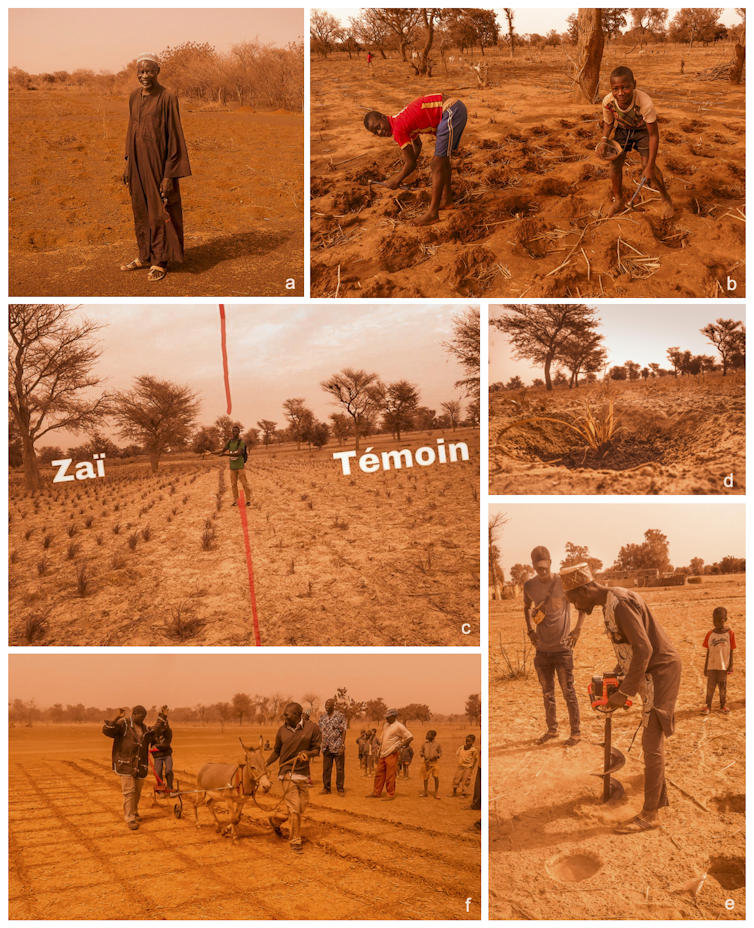
Hamado Sawadougou/INERA ; Isidore Diouf/ENDA PRONAT et Michel Destres/Solibam
On the face of it, it seems counter-intuitive to sow seeds at the height of the dry season in a field riddled with holes. But this expertise, known as zaï, has been honed by the peoples of the Yatenga for centuries. By this revolutionary farming technique, they have mastered the art of catching rain. According to local oral history, the technique was used by families who possessed tiny areas of poor soil in the olden days but fell out of favor when rain became more plentiful in the 1950s.
Soon after, however, came the desperately dry decades of the 1970s and 1980s. Faced with the ever-encroaching desert, Yacouba Sawadogo unearthed the technique of zaï, which he has since used to revitalize and reforest 27 hectares of degraded land. And so it was that Yacouba, nicknamed “the man who stopped the desert,” restored hope to his whole village. After being hailed as a Champion of the Earth by the United Nations, Sawadogo came to embody African innovation in the face of desertification.
Ingenious but costly
So all it takes is a little hole? Well, while it may seem simple, zaï is based on several complex ecological mechanisms. The technique involves concentrating water and manure at one spot, favoring crop growth in a context of scarce, unpredictable rainfall. To achieve this, seed pockets are prepared during the dry season. These refer to holes measuring 10 to 15 cm in depth and 20 to 40 cm in diameter, lined with organic fertilizer, and sown with cereals (millet or sorghum).
Then, when the rain comes, the enriched pocket fills with water and releases nutrients that attract termites of the genus Trinervitermes. These insects dig burrows that let water penetrate deep within the soil, but their droppings also transform the organic matter so plants can assimilate it. This process results in a moist, fertile pouch for the plant to develop its roots. Some authors claim that when using zaï, millet and sorghum yields can reach 1,500 kg of grain per hectare, compared to less than 500 kg per hectare in normal conditions.
In addition to cost-saving benefits and healthy crop yields, zaï also helps bring trees back to fields. This is because the pockets tend to trap seeds from many tree species, which are carried to them by wind, rainfall run-off, and livestock droppings. Once the rain arrives, bushes spring up spontaneously alongside cereals within the fertile, humid environment of the zaï holes.
Some Yatenga farmers keep and protect these young trees, using them as a natural fertilizer and fodder source during the dry season. Meanwhile, in Senegal, researchers at the Senegalese Agricultural Research Institute (ISRA) and the National Institute of Pedology (INP) are currently conducting trials to assess how much carbon is sequestered in the soil thanks to zaï farming. Their initial results have shown that hectare for hectare, the carbon stock of treated plots is 52% higher than that of control plots. With the promise of both bountiful harvests and benefits for the ecosystem, zaï is a genuine one-stop solution.
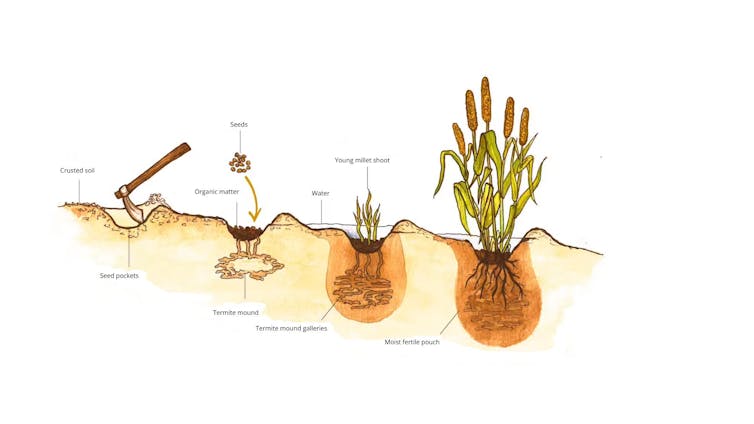
Marie-Liesse Vermeire, adapted from Roose et Rodriguez (1990), Fourni par l’auteur
The only catch is that this technique demands a great deal of manual labor and significant financial investment. When digging with a daba for four hours daily, it takes one farmer three months to sow a single hectare. Also, three tons of manure must be accumulated or purchased to enrich each pocket. It is no coincidence, therefore, that the word “zaï” comes from Mooré zaïégré, meaning “wake up early and hurry to prepare your land.”
The widespread, manifold forms of zaï
After its rediscovery in Burkina Faso, it was not long before zaï spread beyond its ancestral home to Mali, Senegal, Niger, Kenya, and elsewhere. In the 1980s, there were concerted efforts from development aid to tackle desertification in Sahelian regions weakened by heavy drought.
What followed was a whole spectrum of projects and programs to test, promote, and improve zaï in sub-Saharan Africa. In Burkina Faso, the Environment and Agricultural Research Institute (INERA) and NGOs such as Solibam have lightened workloads by mechanizing the process of creating seed pockets. Instead of digging manually, farmers use an animal-drawn tine to create crisscrossing furrows and then sow the seeds at their intersections. This technique cuts working time from 380 hours per hectare to 50 hours. Mayor Oumar Ba, in the rural town of Ndiob, Senegal, has gone even further by supplying farmers with mechanical augers, which make creating seed pockets quick and easy.
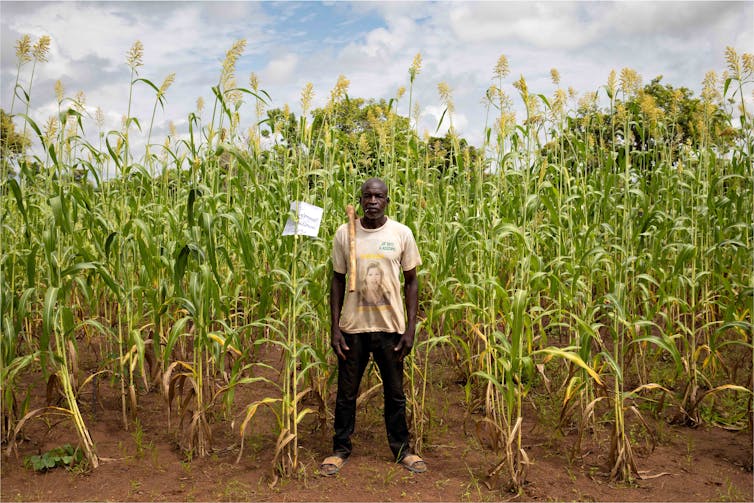
In Burkina Faso, as part of the Fair Sahel project, INERA researchers are conducting agronomic trials to replace part of the organic manure in the zaï pockets with microdoses of mineral fertilizer. The aim is to improve sorghum yields while surmounting the major barrier of costly organic matter. Agronomists are also working on combining cereals inside one seed pocket, for example, planting sorghum with legumes such as cowpea. Lastly, they are testing zaï on new crops, from maize to cotton, watermelons, and horticultural species like aubergines.
The zaï technique also crops up in many different guises in the vegetable-growing regions of Senegal. Farmers must seek out every possible means to preserve water when it becomes a scarce, expensive resource. In the western town of Fatick, they use recycled tires to keep manure and water supplies concentrated at the roots of chili plants. Farmers in the coastal region of Mboro carve up onion plots into tiny compartments, which they replenish with bucketfuls of water. Meanwhile, the southern city of Kolda transplants aubergines into holes covered over with straw. These frugal innovations all follow the same logic: concentrate water and fertilizer into little pockets of life that are sheltered from the hostile external environment.
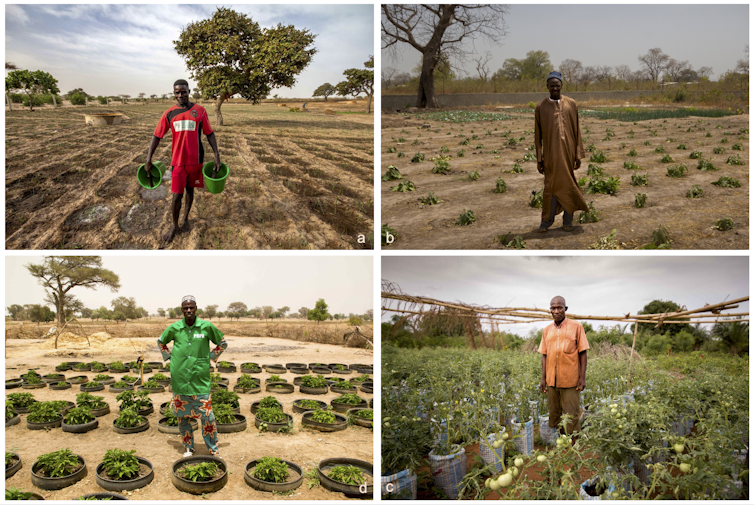
Raphael Belmin/CIRAD
An “alternative” way of adapting
In response to climate disruption, nations worldwide compete to make water more accessible to their agriculture. From dams to mega-basins to irrigated perimeters, the over-riding policy across the board is to expand watered surfaces by any means necessary.
However, although this option fulfills a certain short-term need, it also carries with it a serious risk of maladaptation. Indeed, the hidden trade-off of these large-scale farm water projects is depleting water resources, social injustice, and geopolitical tensions. The future farming model that is currently taking shape appears rather shaky and vulnerable, as it will have to rely on using large quantities of fossil fuels to capture and transport water.
Against this dominant regime of constant innovation, farmers in the Sahel have chosen the path of restraint. And the more mediatized technique of zaï is only the tip of the iceberg. There are many other time-honored techniques – half-moons, stone barriers, mulch rings, farm ponds, multi-layer cropping, and beyond—that deserve just as much of our attention. All are intelligent methods of adapting to extreme heat and water scarcity. The same conditions will hit Mediterranean countries by 2100 if the global temperature rises by 4°C above pre-industrial levels.
This article is part of a project between The Conversation France and AFP Audio, supported financially by the European Journalism Centre, as part of the Bill and Melinda Gates Foundation “Solutions Journalism Accelerator” “Solutions Journalism Accelerator” initiative. AFP and The Conversation France have maintained their editorial independence at every stage of the project.![]()
Raphaël Belmin, Chercheur en agronomie, photographe, accueilli à l’Institut sénégalais de recherches agricoles (ISRA, Dakar), Cirad; Hamado Sawadogo, Chercheur en agronomie , Institut de l’environnement et des recherches agricoles (INERA), and Moussa N’Dienor, Chercheur en agronomie , Institut sénégalais de recherches agricoles (ISRA)
This article is republished from The Conversation under a Creative Commons license. Read the original article.

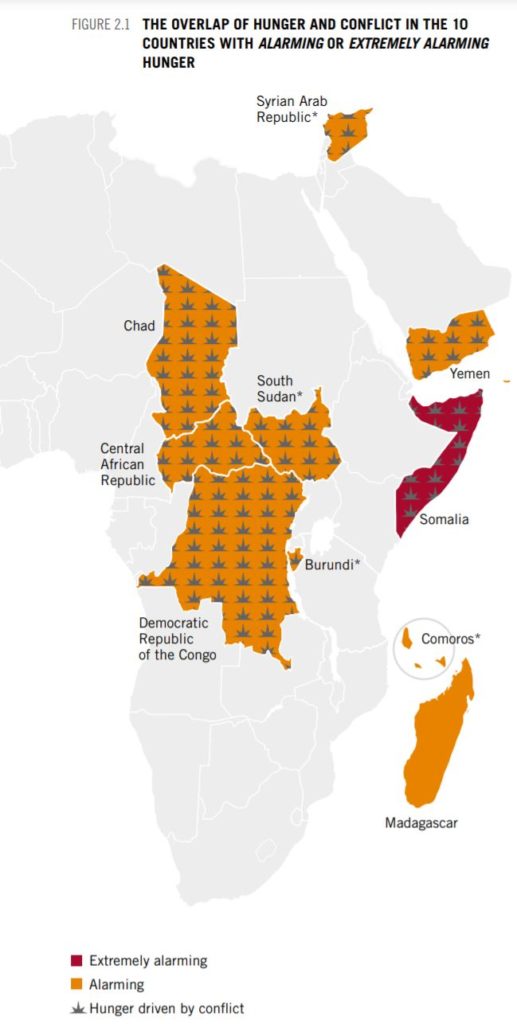

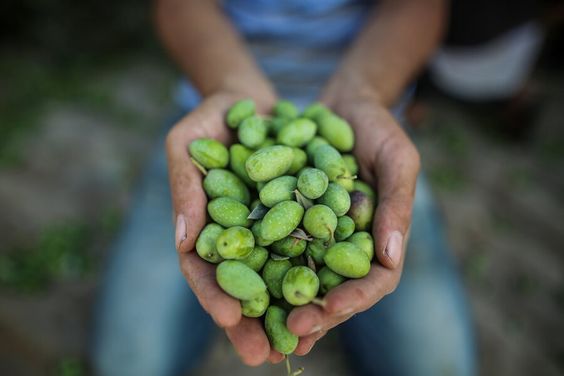
Comments are closed.